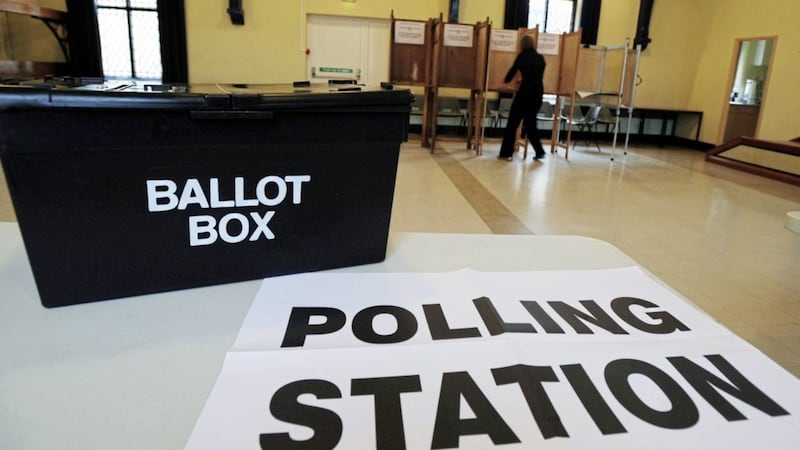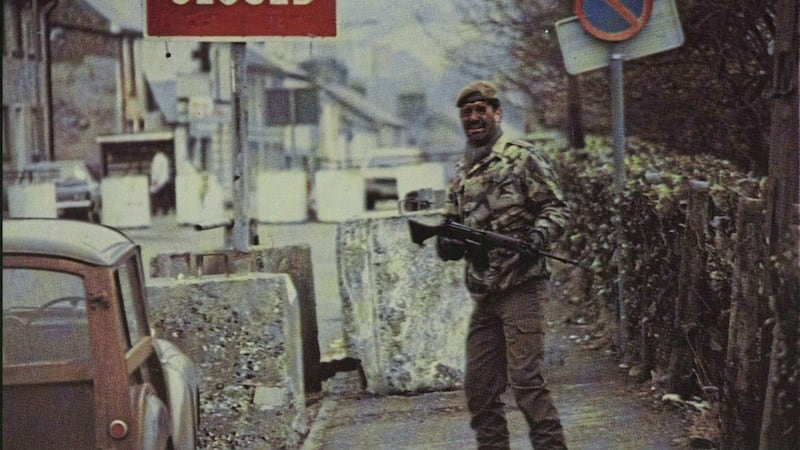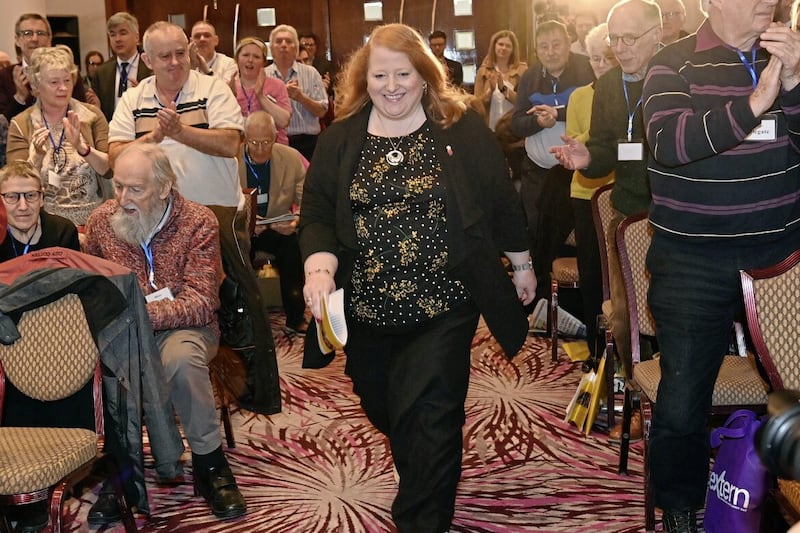EVEN the significance of the May 5 election has proved contentious. It’s been described as the most important for a generation, only for others argue it’s merely democracy at work, while some even suggest we’re voting on the region’s constitutional future. What is certain is that it’s the first Stormont election for five years, the seventh since devolution was restored in 1998, and the first time tens of thousands of young people born after the accord will cast their vote.
It’s also the first assembly election since Brexit got done and brought with it the protocol, the first since New Decade New Approach, and the first since the associated inner turmoil sent the DUP into a tailspin.
The above factors mean it’s arguably the most open poll for some time, coming almost a quarter of a century on from the Good Friday Agreement and six years after the EU referendum introduced a new dynamic into an already complex political mix.
The constitutional question and traditional allegiances will inevitably influence the outcome of next Thursday’s poll, however, bread and butter issues, such a failing health service and the cost of living crisis, are seemingly what's being talked about on the hustings.
The DUP is attempting to keep a foot in both camps by agitating about the possibility of Sinn Féin first minister and a border poll to woo back votes from the protocol-obsessed TUV, while also attempting to cast itself as the sensible party that prioritises everyday issues. Sinn Féin, meanwhile, is remaining very low key, fighting the ground war on the doors and on the lamposts while ensuring its candidates don’t say anything out of turn that’ll discourage transfers from the supporters of what are seen as more moderate parties.
The liveliest contest is among the parties in and around the centre-ground, who are increasingly scrapping over the same votes. There may be little overlap between the UUP and SDLP - no ‘vote Doug get Colum’ - but both are threatened by Alliance and, to a lesser extent, the Greens, two parties who are gaining support with a new generation of voters less preoccupied by identity politics and the constitutional question.
Recent polling has suggested Sinn Féin is on target to become Stormont’s largest party, its electoral standing apparently unhindered by the absence of promised Irish language legislation and the executive’s at best patchy record on delivery. The party is most vulnerable in Foyle and Fermanagh-South Tyrone, where the SDLP is hoping to regain seats, while it could be squeezed out in North Antrim by Alliance.
The DUP appears to have recovered from the rock bottom polling at the beginning of last year but will struggle to maintain its 2017 quota of 28 MLAs, especially since its former North Down MLA Alex Easton will likely retain his seat as an independent. But it has issues elsewhere, such as Strangford, South Down and Foyle, where disillusionment with its protocol performance could tip the balance in favour of rivals.
The forecast for the SDLP is poor, or at least one that suggests electoral stagnancy. While it may make gains in Strangford and the above mentioned constituencies where it is challenging Sinn Féin, it could equally lose out in Lagan Valley, Upper Bann and South Down.
Alliance has high expectations based on recent opinion polling plus its performance in 2019’s European and general election. Key targets include South Down and North Antrim though it’s perhaps overly optimistic to expect a symbolic breakthrough west of the Bann.
Doug Beattie’s more inclusive approach has gained him plenty of profile but it’s debateable whether his ‘nu-UUP’ brand is embraced by all his candidates – especially some of the incumbents – never mind the party's base. The former soldier’s bid to transform his instinctively conservative party is likely to take several elections rather than happening overnight.
Of the smaller parties, the TUV is expected to pick up extra votes but not seats, while the Greens have an outside chance of breakthroughs in East Belfast and in the north of the city.
:: 2017 Assembly Election first preference vote share and seats
DUP 28.1 per cent (28 seats)
Sinn Féin 27.9 per cent (27 seats)
SDLP 11.9 per cent (12 seats)
Ulster Unionists 12.9 per cent (10 seats)
Alliance 9.1 per cent (8 seats)
Green Party 2.3 per cent (2 seats)
TUV 2.6 per cent (1 seat)
People Before Profit 1.8 per cent (1 seat)
Independent 1 seat








